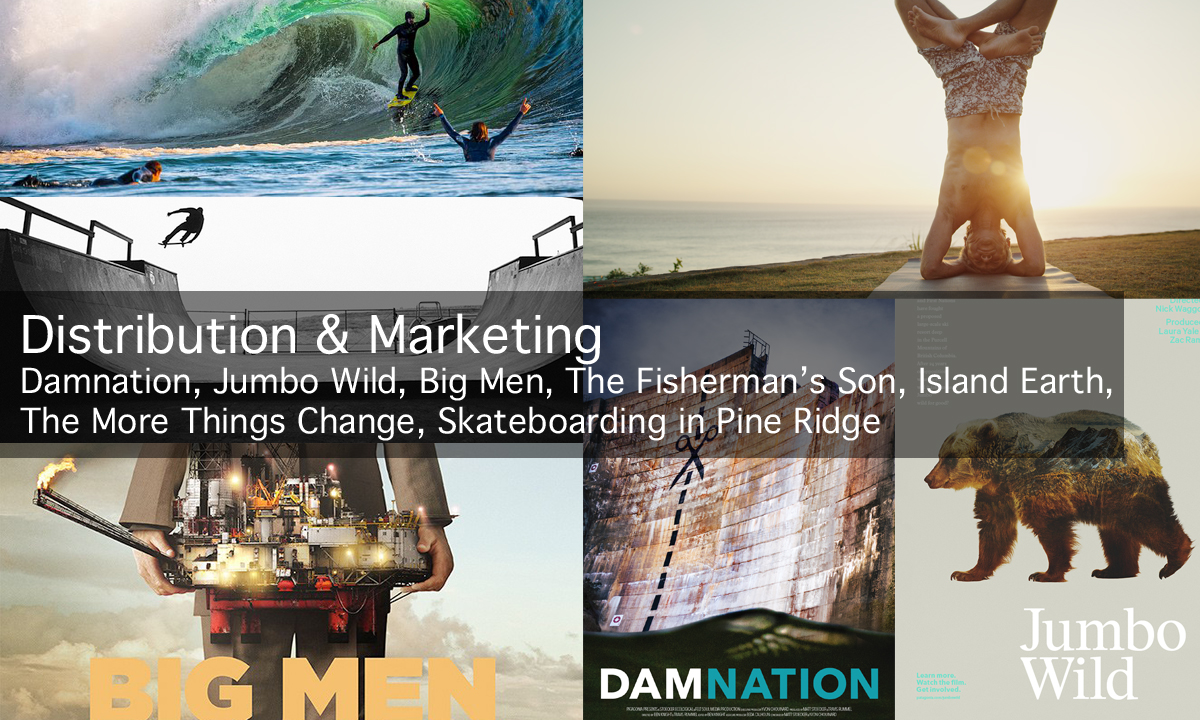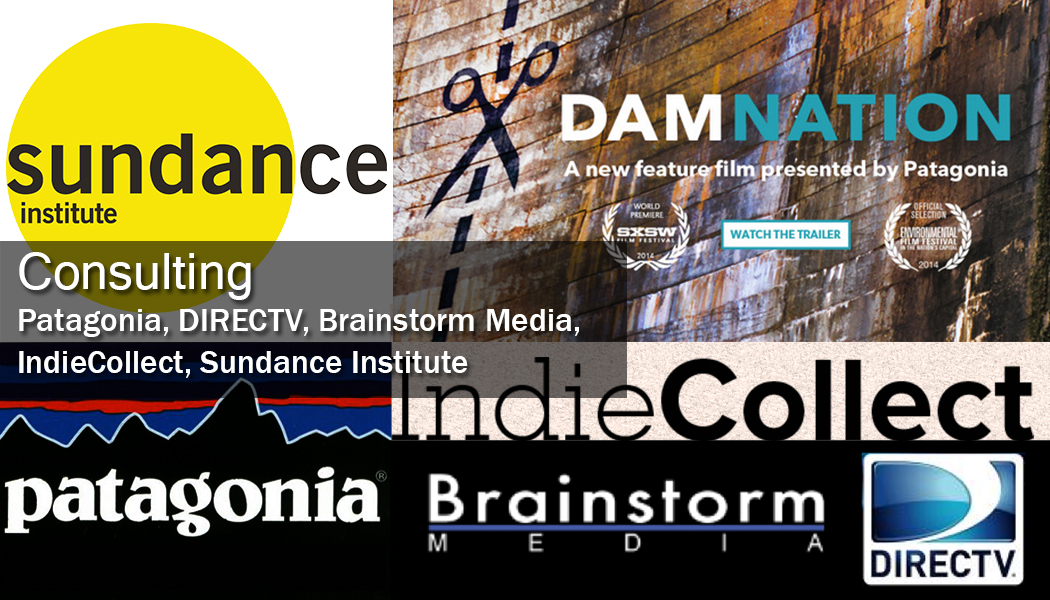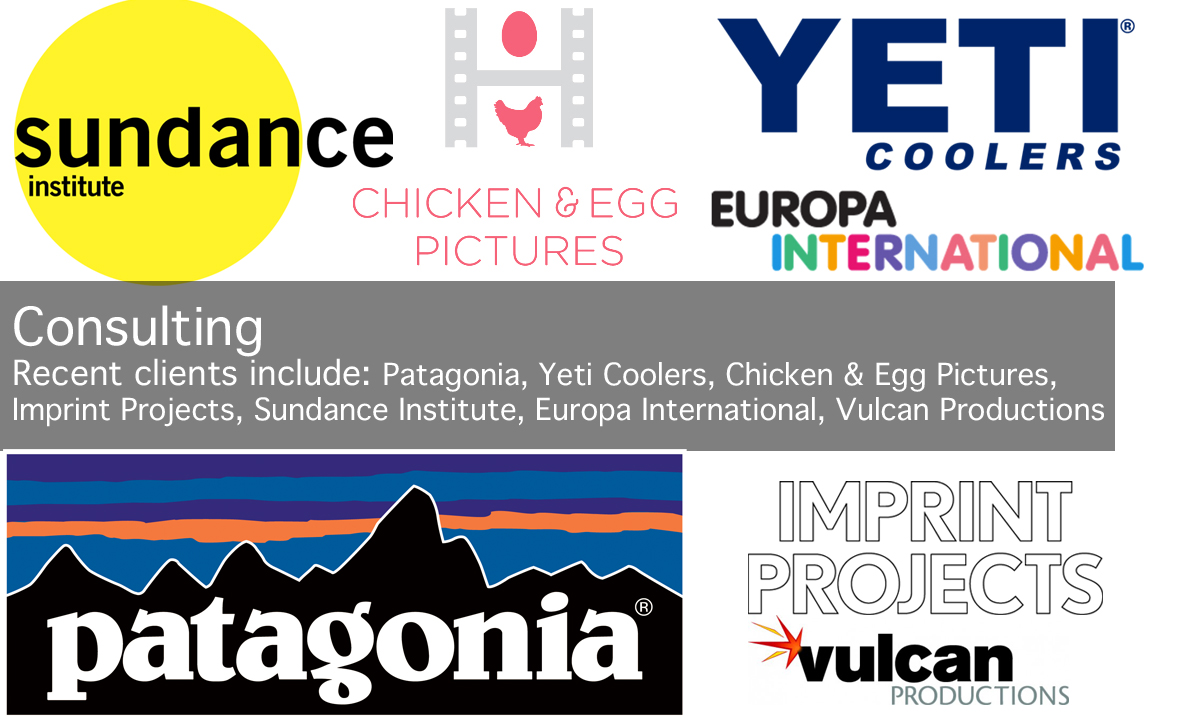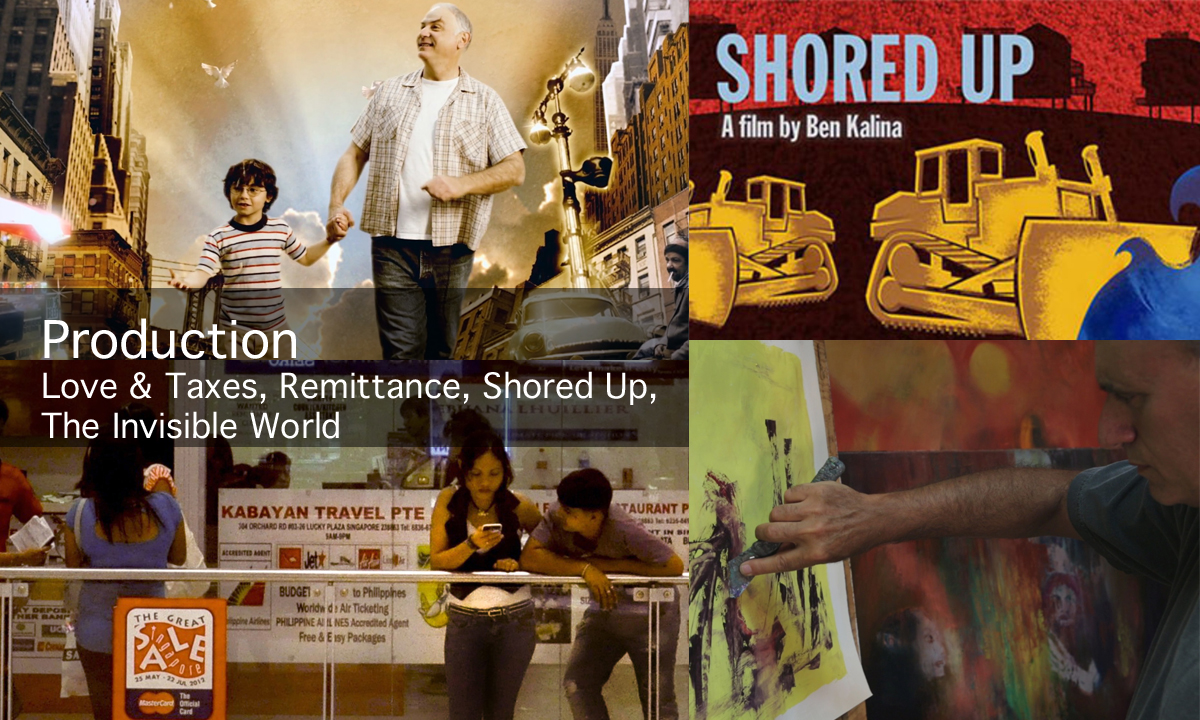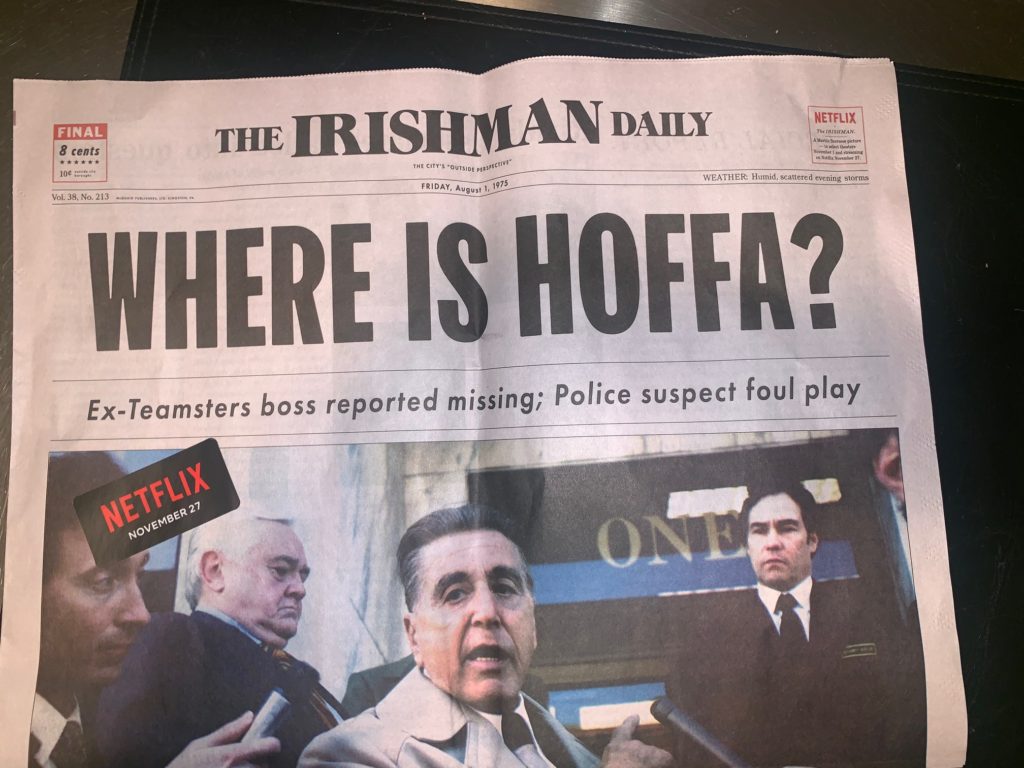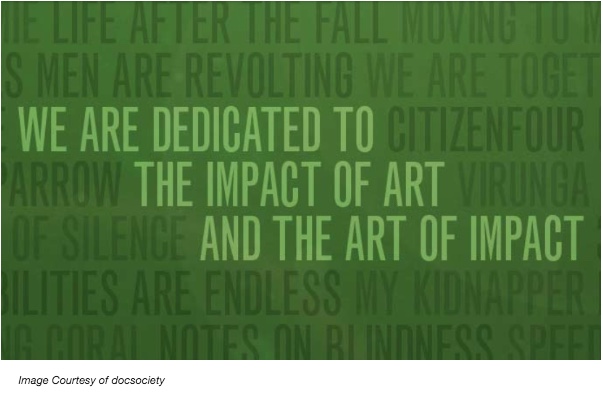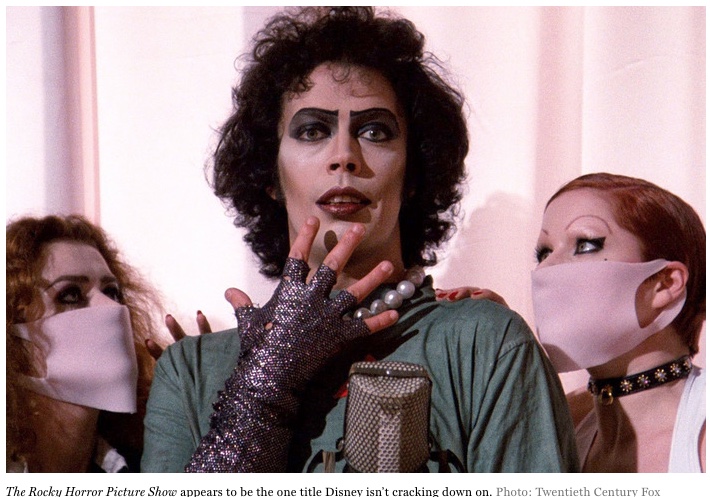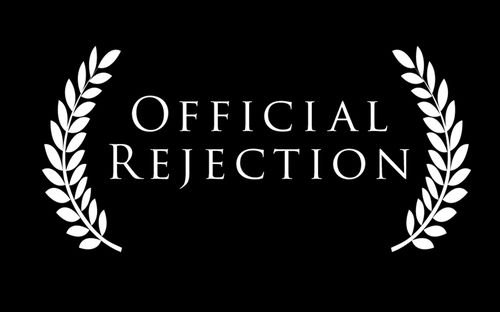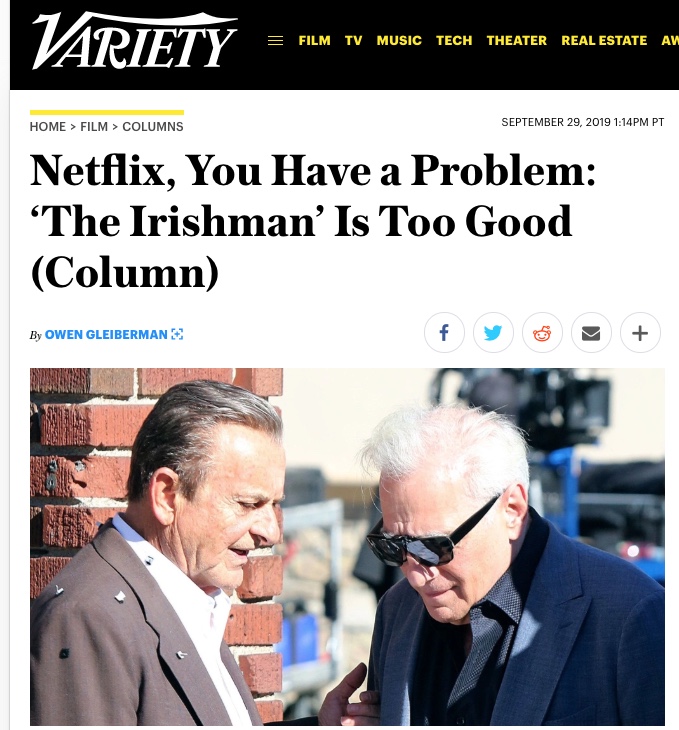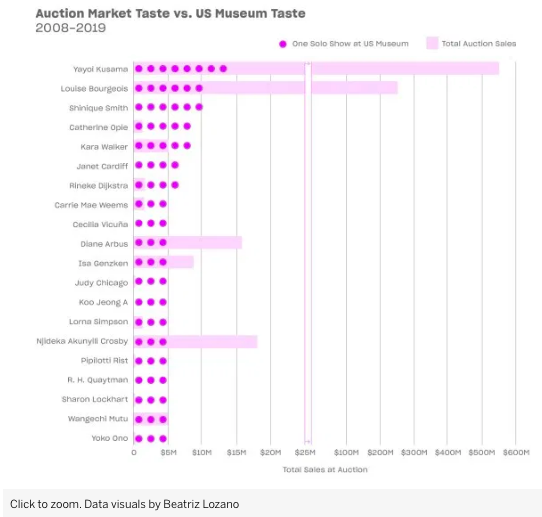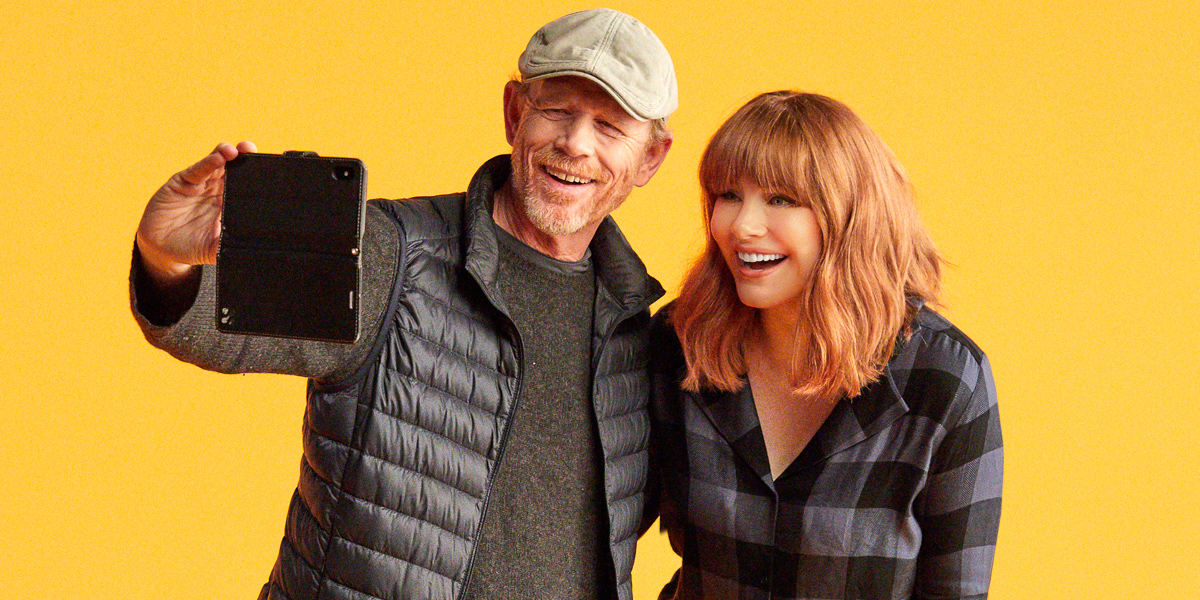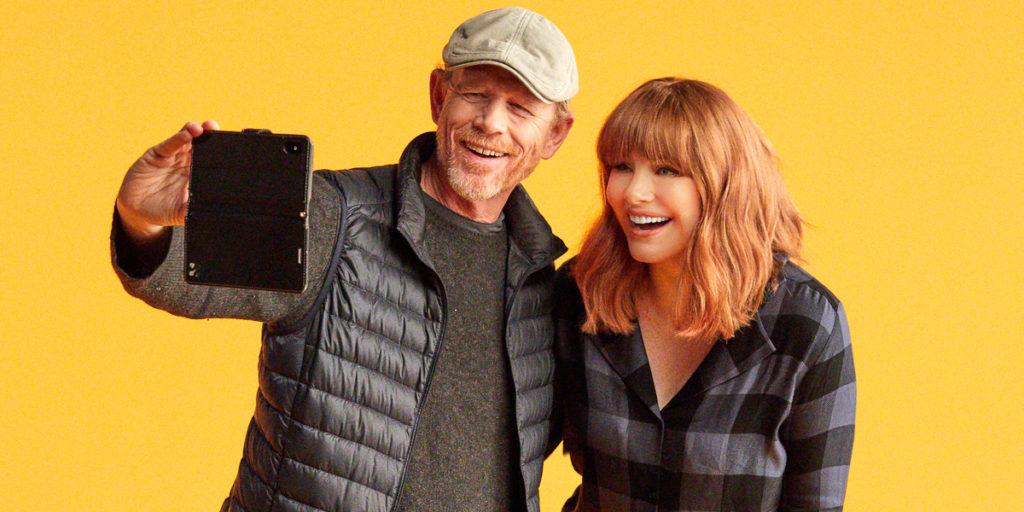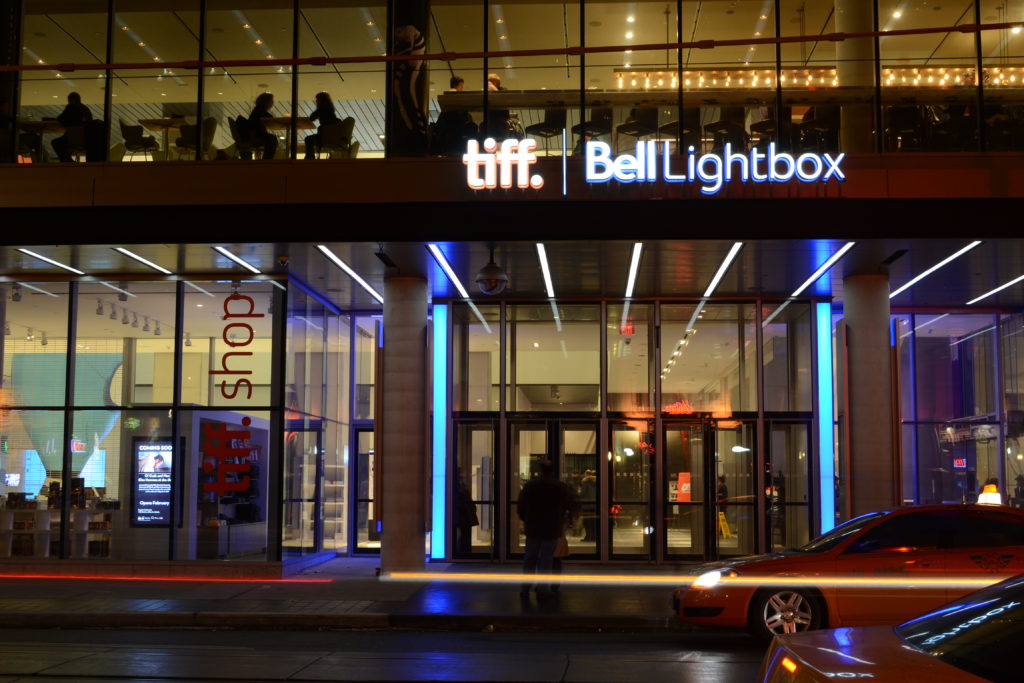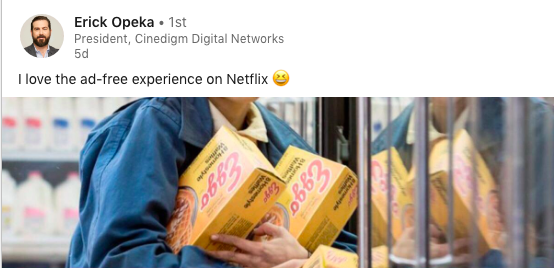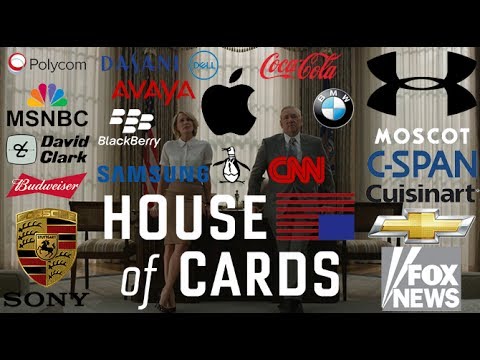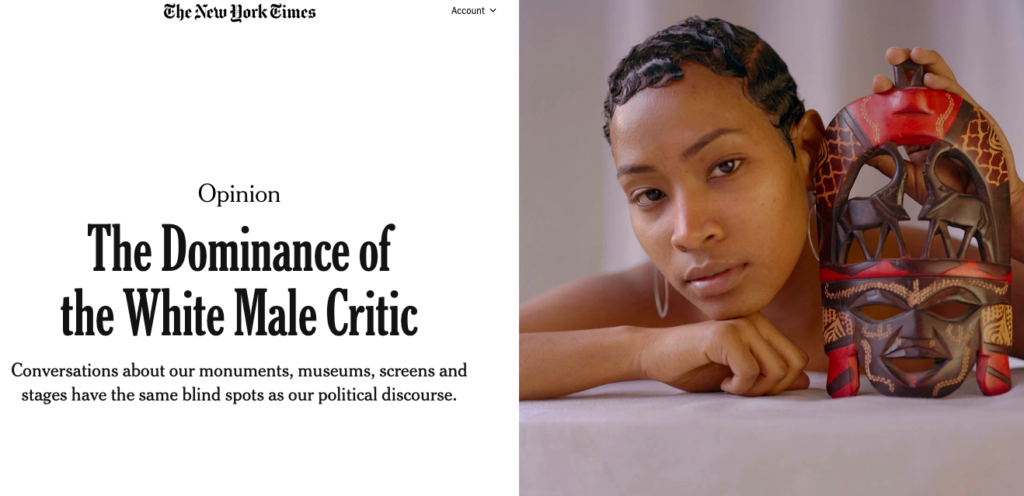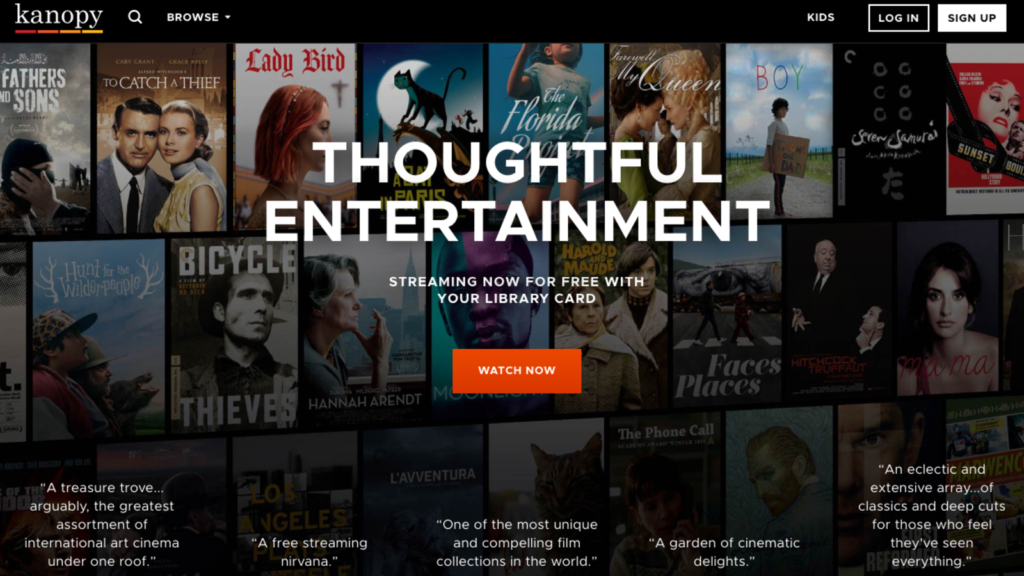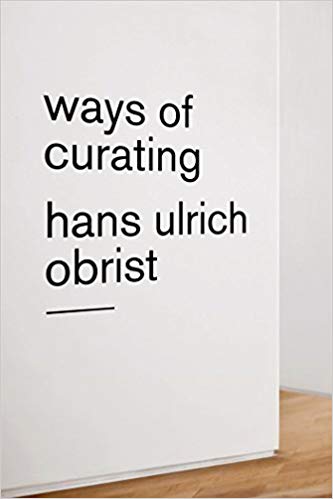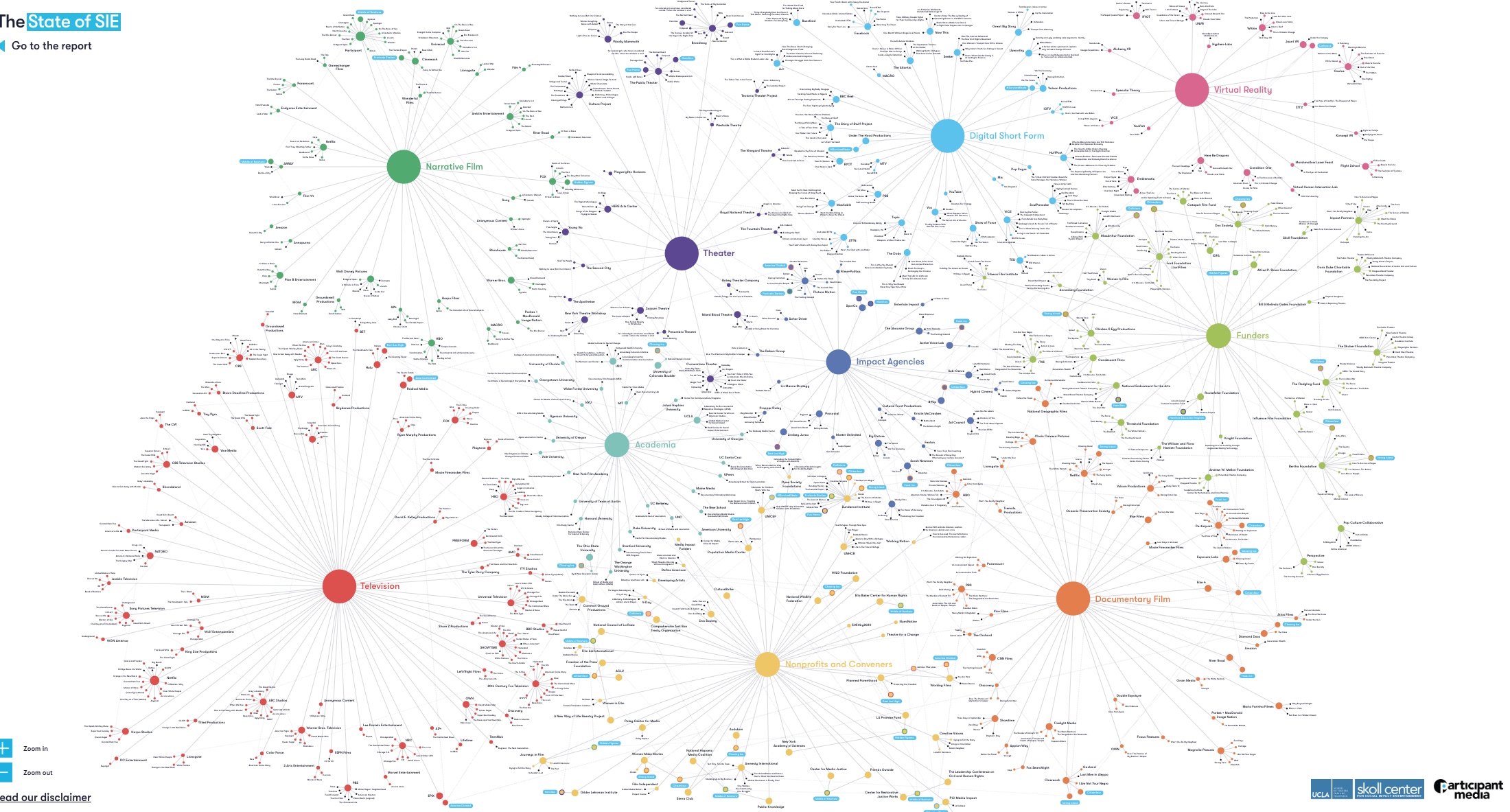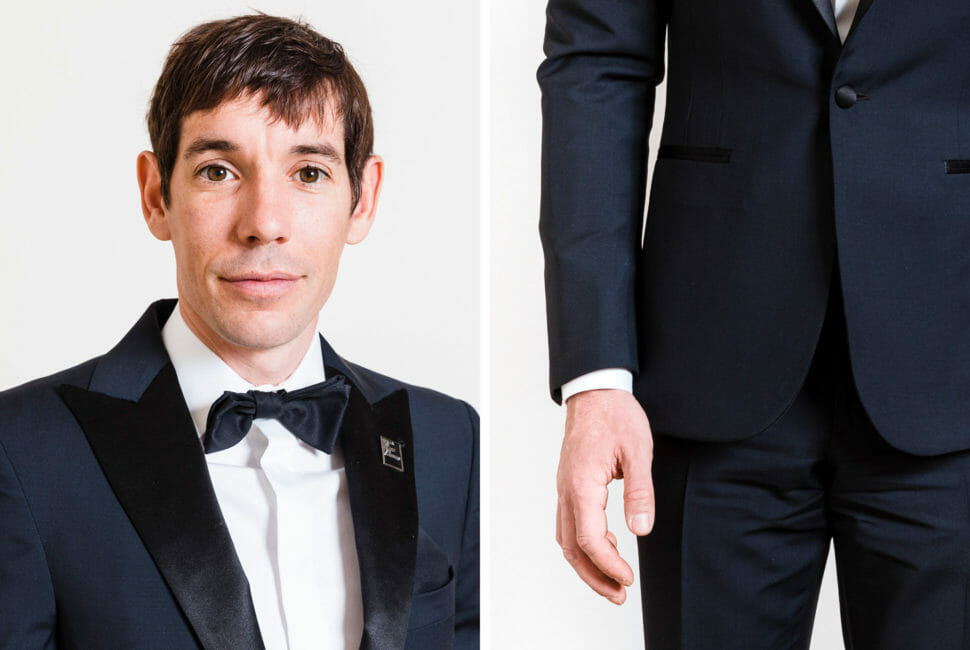
Short newsletter this week due to the US Holiday. It’s that time of year again – when filmmakers and their colleagues pretend to enjoy Turkey over Thanksgiving while waiting for the notification from Sundance on whether they are accepted or rejected. Literally every film person I know is waiting to hear. Some heard already – mainly no’s but a few yes’s, but most people tend to hear over Thanksgiving weekend if they were accepted, and just after if not.
This year, I am somehow attached to about ten projects stuck in this limbo – from a mix of clients to personal projects, both indie films and branded content, and let me tell you – the wait sucks. There’s no getting around it. Even filmmakers who won’t truly have a good cut until February, 2020 (after Sundance) or later usually submitted anyway just in case (I don’t like this strategy, but it’s common). And while they’ve called everyone they know and tried to position their films with sales agents or whoever, it basically comes down to the taste of a small group of programmers, and you don’t have much control over that process.
Read More
